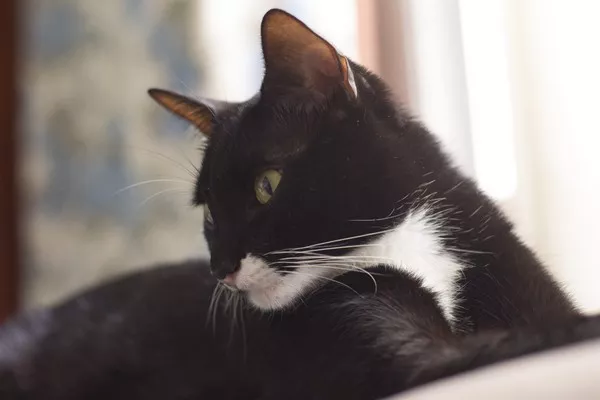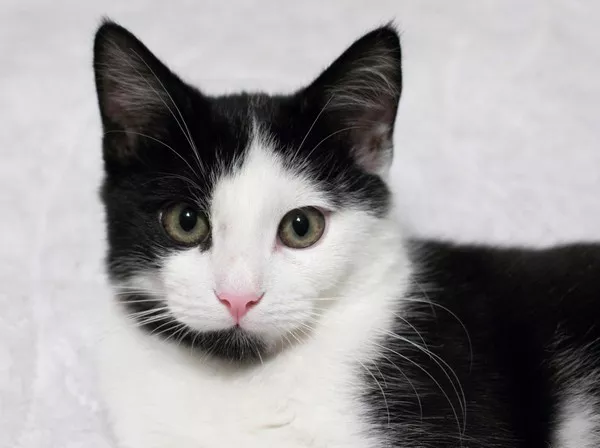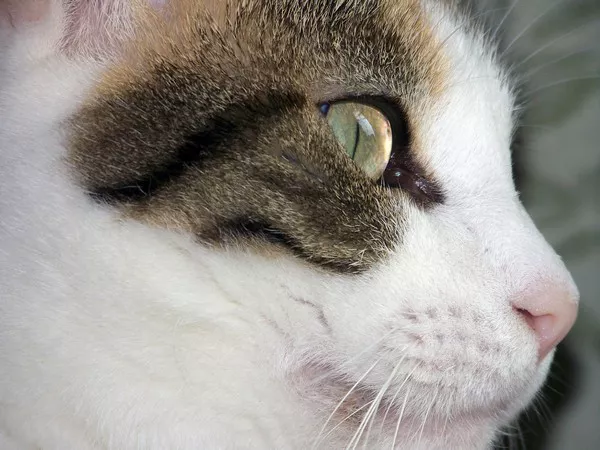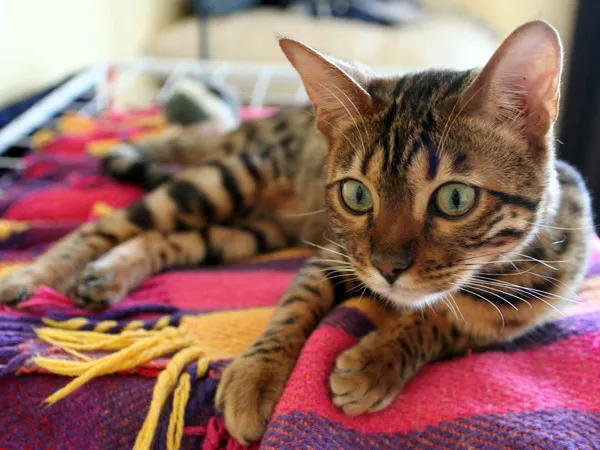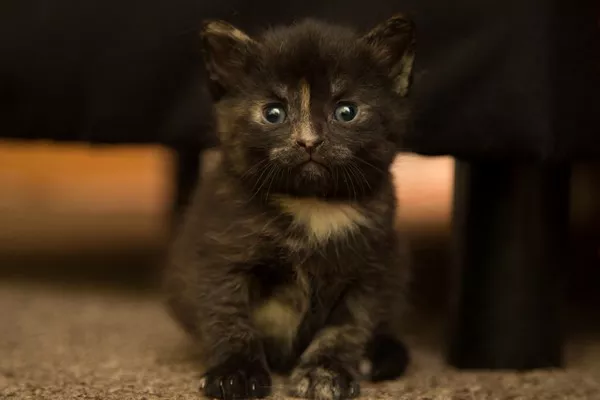Indoor cats are known for their meticulous grooming habits, often dedicating a significant portion of their waking hours to this activity. While grooming is a natural and essential behavior for cats, it can sometimes raise questions among pet owners about its purpose and implications. This article delves into the reasons why indoor cats groom so frequently, exploring the biological, psychological, and environmental factors that influence this behavior.
The Evolutionary Background of Grooming
Grooming is an instinctive behavior that can be traced back to a cat’s wild ancestors. In the wild, grooming serves several vital functions that contribute to survival. Cats are both predators and prey, and maintaining cleanliness is crucial for their hunting success and safety.
1. Hygiene and Health: Grooming helps cats remove dirt, debris, and parasites from their fur. This is particularly important for wild cats, as a clean coat is less likely to attract predators and more conducive to stealth during hunting.
2. Temperature Regulation: Cats have a unique way of regulating their body temperature through grooming. By licking their fur, they can distribute natural oils and moisture, which helps them cool down as the saliva evaporates.
3. Scent Management: Cats are highly sensitive to scents, and grooming plays a role in managing their own odor. By cleaning themselves, they can mask their scent from potential predators and prey, which is a crucial survival tactic.
4. Social Bonding: In multi-cat households or among feral groups, mutual grooming (allogrooming) strengthens social bonds. Cats groom each other to show affection and establish hierarchies, which is an essential aspect of their social behavior.
The Mechanics of Grooming
Cats possess several anatomical features that make them highly efficient groomers:
Rough Tongue: A cat’s tongue is covered in tiny, hook-like structures called papillae, which help to remove loose fur and dirt effectively. This unique feature allows them to groom hard-to-reach areas and maintain their coat’s cleanliness.
Flexible Bodies: Cats are incredibly flexible, enabling them to reach various parts of their bodies easily. This flexibility allows them to groom thoroughly and efficiently.
Paw Usage: Cats often use their front paws to assist in grooming. They may lick their paws and then use them to clean their faces or ears, showcasing their grooming versatility.
Grooming as a Stress Reliever
While grooming is a normal behavior, it can also become a coping mechanism for stress or anxiety. Indoor cats, in particular, may experience stress due to various factors, including:
1. Environmental Changes: Cats are creatures of habit, and any disruption in their routine—such as moving to a new home, the arrival of a new family member, or changes in their environment—can lead to increased grooming as a way to self-soothe.
2. Boredom: Indoor cats may not have the same stimulation as outdoor cats, leading to boredom. Grooming can serve as a distraction, providing a sense of comfort and relief from monotony.
3. Separation Anxiety: Cats can form strong bonds with their owners, and prolonged absences can lead to anxiety. Grooming may become a way for them to cope with feelings of loneliness or insecurity.
4. Compulsive Behaviors: In some cases, grooming can escalate into compulsive behavior, known as psychogenic alopecia. This condition occurs when a cat excessively licks or chews at its fur, often resulting in bald patches. It can be triggered by stress, anxiety, or underlying medical issues.
See Also: Do Cat Licks Mean Kisses?
Health Implications of Excessive Grooming
While grooming is generally beneficial, excessive grooming can have negative consequences for a cat’s health. Some potential issues include:
Skin Irritation and Infections: Over-grooming can lead to skin irritation, abrasions, and infections. Cats may lick areas that are already inflamed, exacerbating the problem.
Hairballs: Excessive grooming can result in the ingestion of more hair, leading to hairballs, which can cause gastrointestinal issues.
Psychological Impact: Cats that engage in compulsive grooming may experience psychological distress, which can further perpetuate the cycle of anxiety and grooming.
Managing Grooming Behavior
To ensure that grooming remains a healthy behavior for indoor cats, owners can take several steps:
1. Regular Veterinary Check-ups: Routine veterinary visits can help identify any underlying health issues that may contribute to excessive grooming. Conditions such as allergies, skin infections, or pain should be addressed promptly.
2. Environmental Enrichment: Providing a stimulating environment can help reduce boredom and anxiety. Incorporate toys, scratching posts, and interactive playtime to keep your cat engaged.
3. Establishing Routines: Cats thrive on consistency. Maintaining a regular feeding and play schedule can help reduce stress and provide a sense of security.
4. Behavioral Interventions: If grooming becomes compulsive, consulting with a veterinarian or animal behaviorist may be necessary. They can provide strategies to modify the behavior and address any underlying stressors.
5. Calming Products: Consider using calming products, such as pheromone diffusers or calming treats, to help alleviate anxiety in stressed cats.
Conclusion
Grooming is a fundamental behavior for indoor cats, serving multiple purposes that contribute to their overall well-being. While it is a natural and essential part of a cat’s life, excessive grooming can signal underlying issues that require attention. By understanding the reasons behind grooming behaviors and implementing strategies to manage them, cat owners can help ensure their feline companions remain happy, healthy, and well-groomed.
Related Topics
What Is Normal Grooming for a Cat?








